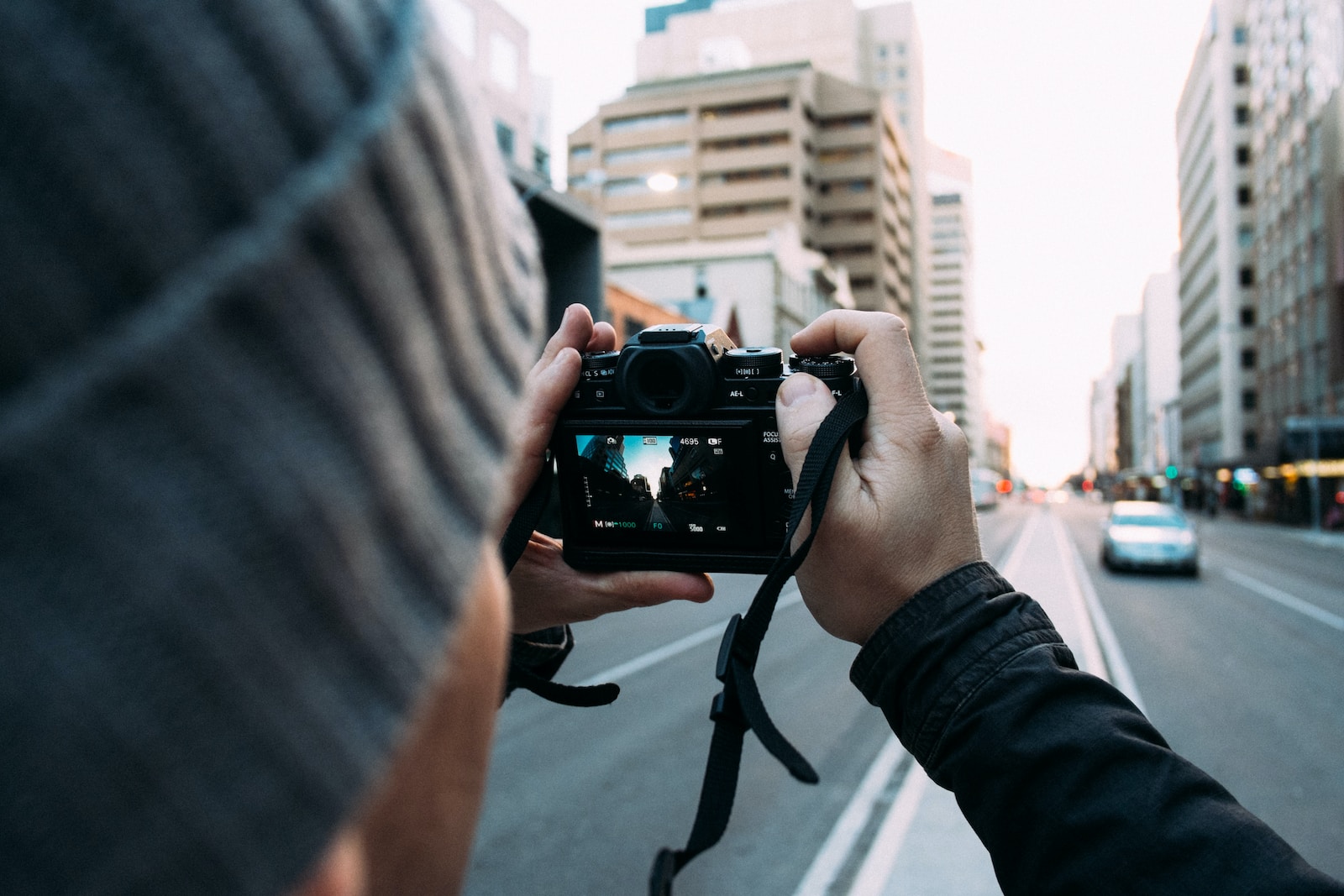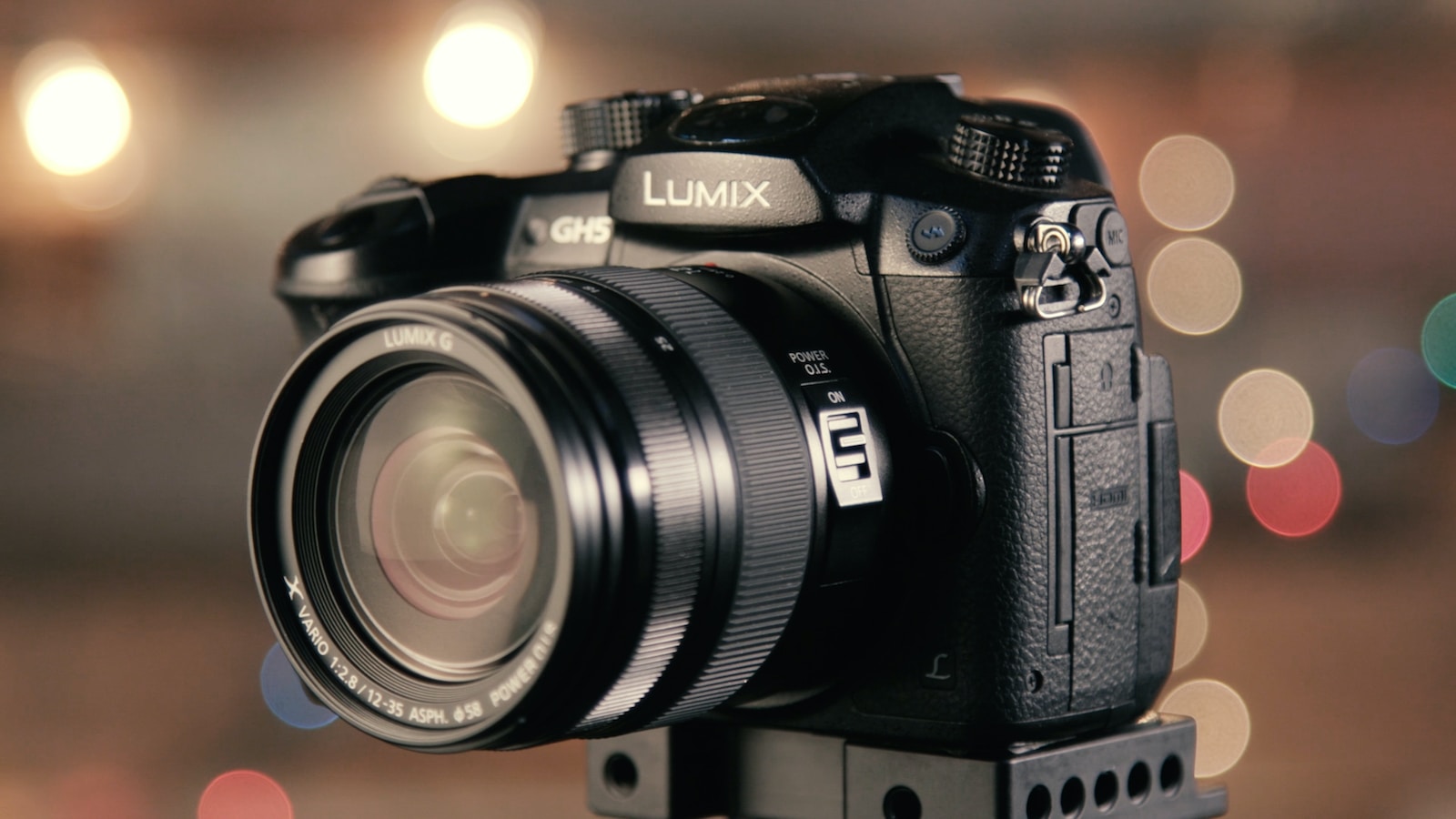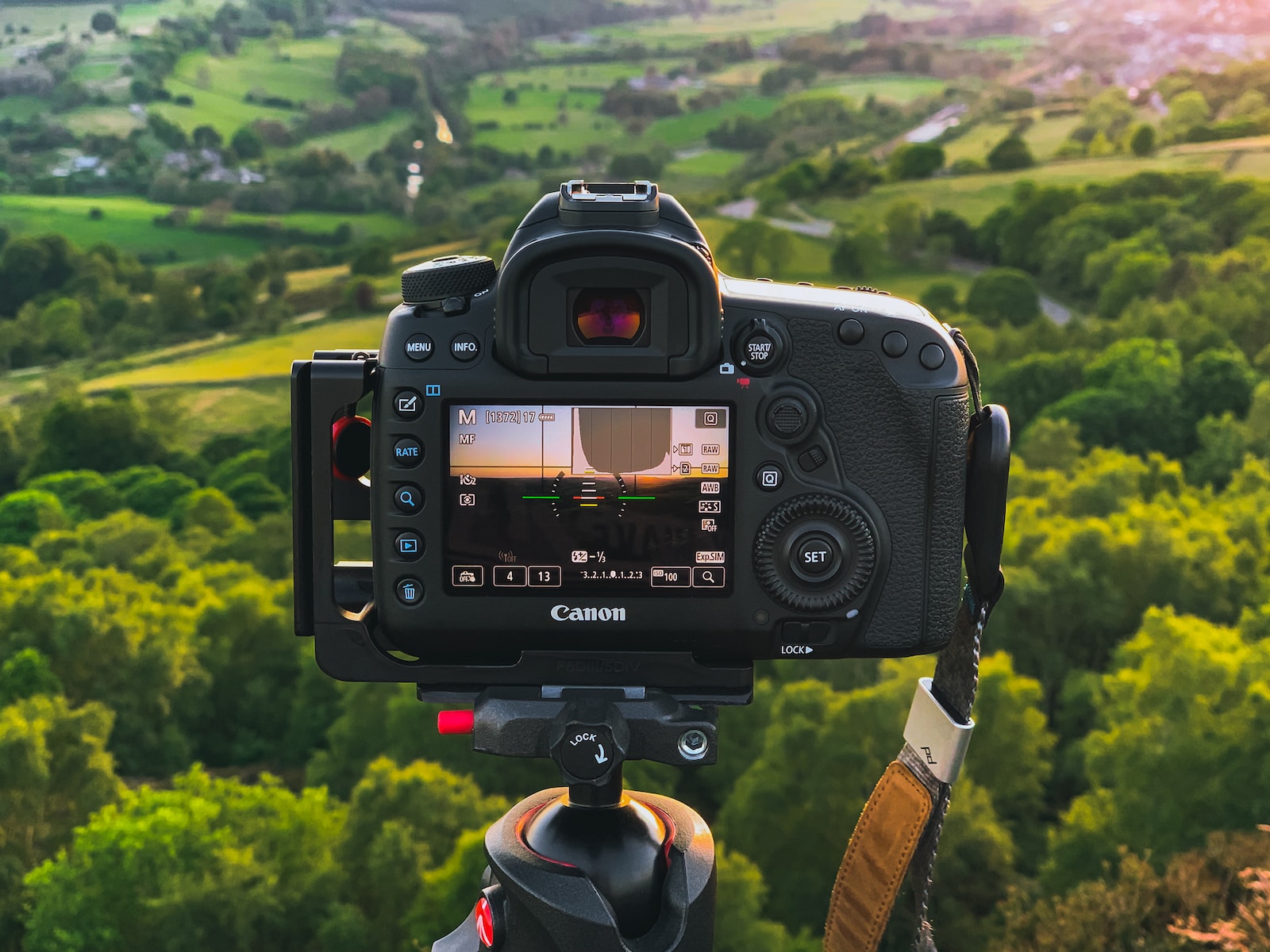Welcome to our blog on comparing bridge cameras and DSLRs! If you’re a photography enthusiast or looking to step up your photography game, this blog is for you. We will dive into the world of bridge cameras and DSLRs, exploring their features, advantages, disadvantages, and everything you need to know to make an informed decision. So, grab a cup of coffee and join us on this exciting journey!
Table of Contents
A case study – Overcoming challenges with Bridge Cameras and DSLRs
Bridge cameras and DSLRs are two popular choices for photographers. Each has its own advantages and disadvantages. In this blog post, we will discuss a relevant case study where a professional photographer faced challenges and overcame them using both bridge cameras and DSLRs.
Meet John, a professional photographer specializing in landscape photography. He was planning a trip to a scenic location and wanted to capture stunning images. However, he faced a dilemma. He couldn’t decide whether to take his trusty bridge camera or his DSLR. Let’s see how John tackled this challenge.
Bridge Camera Advantages:
John decided to start with his bridge camera due to its convenience and portability. With its built-in lens and compact design, he didn’t have to carry around multiple lenses or worry about changing them in the field. It allowed him to quickly capture wide-angle shots and get close-ups without any hassle.
Bridge Camera Disadvantages:
However, John soon discovered that his bridge camera had limitations when it came to low-light situations. The smaller sensor size resulted in more noise and lower image quality compared to his DSLR. He realized that for optimal image quality, especially in low-light conditions, he needed to switch to his DSLR.
DSLR Advantages:
John packed his DSLR with a variety of lenses, including a wide-angle lens and a telephoto lens. This allowed him to capture a wider range of compositions and details. The larger sensor size of the DSLR also provided better dynamic range and low-light performance, giving his images more depth and clarity.
DSLR Disadvantages:
Despite the advantages, John faced a new challenge with his DSLR. Carrying around multiple lenses made his bag heavier and less convenient for long hikes. He had to carefully plan his gear and only take what was necessary for each shoot. This increased the time it took to set up his shots compared to using a bridge camera where everything was easily accessible.
After experimenting with both bridge cameras and DSLRs in different scenarios, John realized that both had their strengths and weaknesses. He learned to adapt and choose the right tool for each situation. For quick and convenient shots, he relied on his bridge camera, while for high-quality images and low-light conditions, he turned to his DSLR.
By overcoming the challenges faced with each camera type, John was able to capture stunning photographs on his trip.
Frequently Asked Questions
1. What are Bridge Cameras?
Bridge cameras are a type of digital camera that combine the features of point-and-shoot cameras and DSLRs. They offer a fixed lens with a powerful zoom range, making them versatile for various photography situations.
2. What are DSLRs?
DSLRs, which stands for Digital Single Lens Reflex cameras, are professional-grade cameras that allow users to change lenses and have more control over settings such as aperture and shutter speed. They are highly popular among photography enthusiasts and professionals.
3. What are the advantages of Bridge Cameras?
Bridge cameras have several advantages:
- Convenience: They are compact and lightweight, making them easy to carry around.
- Zoom range: Bridge cameras typically offer a wide zoom range, allowing you to capture both wide-angle and telephoto shots without changing lenses.
- Price: Bridge cameras are generally more affordable compared to DSLRs.
- Easy to use: They have user-friendly interfaces and often provide automatic shooting modes for beginners.
4. What are the advantages of DSLRs?
DSLRs offer several advantages over bridge cameras:
- Image quality: DSLRs have larger sensors and superior image quality, especially in low-light conditions.
- Interchangeable lenses: You can use different lenses for specific types of photography, such as macro, portrait, or landscape.
- Manual controls: DSLRs provide full control over settings, giving you the flexibility to experiment with different shooting techniques.
- Speed: DSLRs have faster autofocus and burst mode capabilities, making them ideal for sports and action photography.
5. What are the disadvantages of Bridge Cameras?
Bridge cameras have a few limitations:
- Image quality: Due to their smaller sensors, bridge cameras may not produce images with the same level of detail and dynamic range as DSLRs.
- Fixed lens: While the zoom range is convenient, it limits your ability to achieve certain creative effects or perspectives.
- Performance: Bridge cameras may have slower autofocus and shooting speed compared to DSLRs.
6. What are the disadvantages of DSLRs?
DSLRs have some drawbacks to consider:
- Size and weight: DSLRs are bulkier and heavier than bridge cameras, which can be inconvenient for travel or casual photography.
- Price: DSLRs tend to be more expensive, especially when you consider the cost of additional lenses and accessories.
- Complexity: DSLRs have a steeper learning curve, requiring some technical knowledge to fully utilize their capabilities.
7. Which camera should I choose?
Choosing between a bridge camera and a DSLR depends on your specific needs and preferences. If you value convenience, a wide zoom range, and affordability, a bridge camera may be the right choice. However, if you prioritize image quality, versatility, and the ability to expand your photography skills, a DSLR would be a better option.
Consider your budget, the type of photography you enjoy, and your long-term goals as a photographer when making your decision.
Wrap Up
After comparing Bridge Cameras and DSLRs, it is clear that both options have their own set of advantages and disadvantages. Bridge Cameras offer convenience, versatility, and affordability, making them a great choice for beginners or travelers. On the other hand, DSLRs provide superior image quality, professional features, and interchangeable lenses, making them ideal for photography enthusiasts and professionals.
Ultimately, the decision between a Bridge Camera and a DSLR depends on your individual needs, preferences, and budget. So, take into consideration the factors discussed here and choose the camera that aligns with your photography goals.
Whether you decide to go for a Bridge Camera or a DSLR, don’t forget to share your thoughts and experiences in the comments below. We would love to hear from you and engage in a discussion about this topic!



